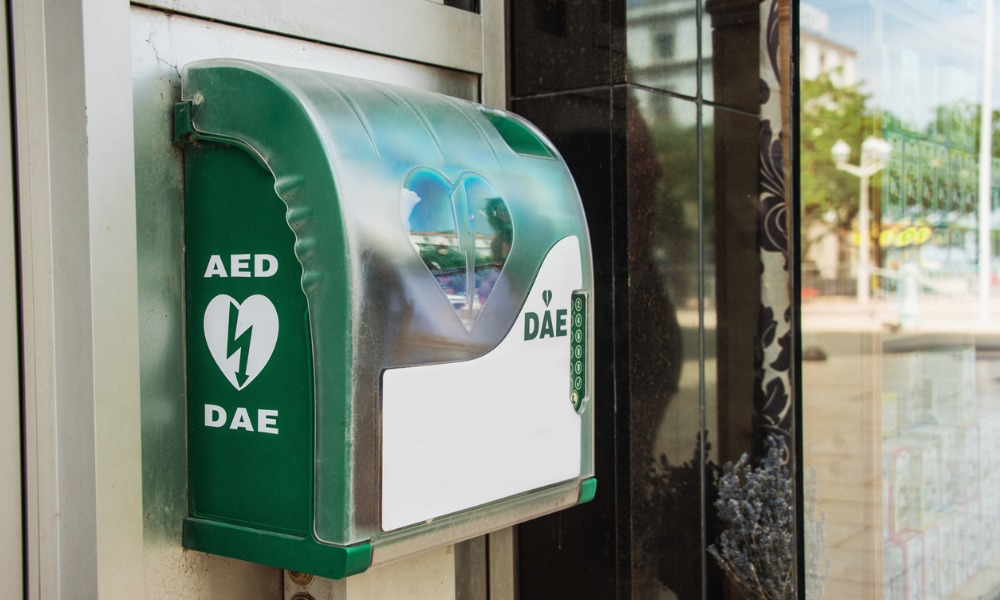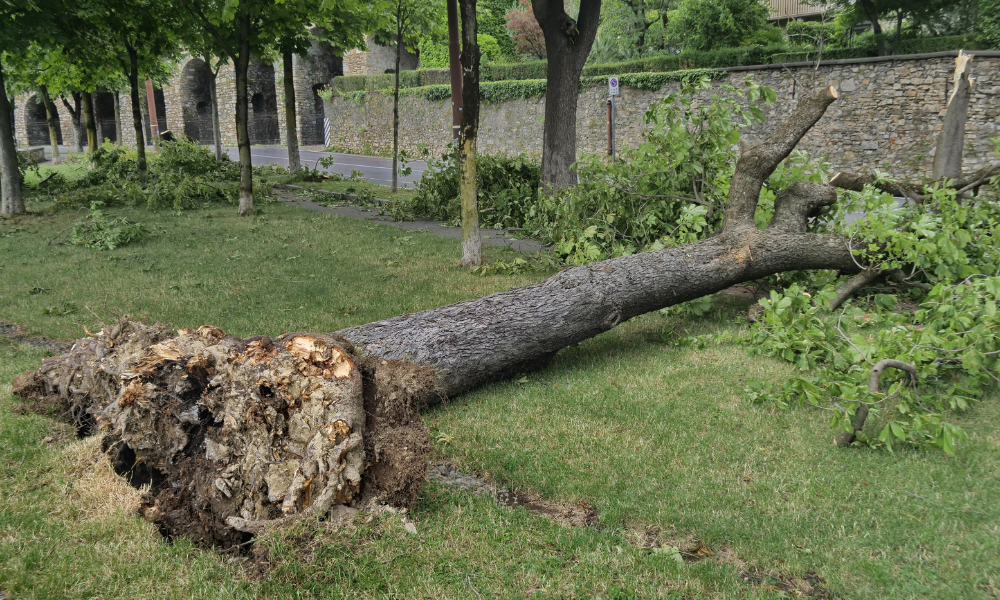"Many lives will be saved as a result of this bill"

Did you know that over 40,000 people per year die of sudden cardiac arrest (SCA) in Canada? What is truly tragic is the fact that many thousands of these deaths were very preventable. Thousands of these lives could have been saved if Automated External Defibrillators (AEDs) were readily available and used. Amazingly, people who experience SCA have a 75 per cent chance of survival with CPR and an AED. With CPR alone people have only a 5 per cent chance of survival.
AEDs are fully automated and very simply to use and are not like what you have seen in medical shows on TV. Until recently Manitoba was the only province in Canada to mandate AEDs in certain locations.
VERY GOOD NEWS! Ontario Bill 141 received royal assent in June 2020.
Bill 141 is the Defibrillator Registration and Public Access Act, 2020. This new legislation will increase access to life saving AEDs. Many lives will be saved as a result of this bill. The bill is currently with the Ministry of Health to develop the necessary regulations.
Here is a summary of what the bill includes:
> AEDs to be required in public premises
> AEDs to be required in other designated premises
> AEDs to be installed in the correct locations
> AEDs to have appropriate signage
> AEDs to be maintained & tested
> AED training to be completed
> AEDs to be registered with 911
We often hear people talk about how they want to change the world which is very noble. Stopping preventable deaths is something that is within our control to drastically improve. Most people are now familiar with AEDs and that they are very helpful. The problem has been that many people do not think that anything will happen to them or the people at their location. Think of the child whose parent will now come home due to an AED being available and helping to save their life. This truly is a matter of life and death for many people.
Many public buildings already have AEDs. The legislation will also ensure that buildings have the correct number of AEDs in the correct locations with the proper signage. In the past people have often just added one unit and considered that it was sufficient. Many buildings currently do not have enough AEDs and some units are even hidden away and not accessible.
Like any piece of equipment, maintenance and training are very important. It is imperative that AEDs remain in good working order and that people know how to use them when needed. A person does not need to have received formal training to use an AED, but it may help them to be more comfortable using an AED and they may act more quickly and confidently as a result.
By having AEDs registered with 911, dispatchers will be able to tell the caller where the closest AED is to their location. Unfortunately, there have been many instances where an AED was close by, but the caller or dispatcher were simply not aware.
The reason that it is so critical for AEDs to be in buildings is that a person who experiences sudden cardiac arrest only has approximately 10 minutes to survive. With each minute that passes the person's chance of survival goes down by 10 per cent per minute that defibrillation is delayed. After three minutes a person's brain starts to die due to lack of oxygen. The Heart and Stroke Foundation recommends a rapid collapse-to-shock goal of 3 minutes to give the victim the greatest chance of survival. It would be great if EMS was able to arrive in time to help most people who are experiencing SCA, but this is simply not possible.
AED technology has improved significantly over the past 20 years. Some newer units even provide real time CPR feedback to tell the rescuer if they are performing CPR correctly. If they are not, the unit tells them to change. “Monitoring of CPR quality is arguably one of the most significant advances in resuscitation practice in the past 20 years and one that should be incorporated into every resuscitation” AHA CPR Quality Consensus Statement, Circulation. 2013;128; pg. 420.
One new AED only requires one set of pads and allows the rescuer to push a button to switch between an adult or child rescue. Previously, two sets of pads were required to be purchased. One for adults and one for children. Time was also required to switch the pads as needed at the time of a rescue which wasted valuable time. Prices on AEDs continue to decrease and most units now cost less than $2,000,00. AEDs are very simple to use and tell the user exactly what to do with visual and/or audible instructions.
People need not worry about hurting someone when using an AED. The unit is able to analyze a person's heart rhythms to determine if a shock is needed. An AED will not shock a normal heart rhythm.
The Ontario government has in the past, passed several bills that protect people from any liability associated from performing CPR or using an AED. They are:
The Good Samaritan Act https://www.ontario.ca/laws/statute/01g02 and
The Chase McEachern Act https://www.ontario.ca/laws/statute/07c10.
People in the first aid industry have been lobbying for years for AEDs to become required. This bill is the first step towards having AEDs required in all buildings similar to fire extinguishers. Amazingly, many people already know how to use AEDs because First Aid/CPR training programs started including AED training as part of their programs years ago. Thankfully the government is now catching up with this current legislation.
The Defibrillator Registration and Public Access Act, 2020 has been a long time coming.
By making AEDs more accessible many lives will be saved. We now need other provinces to act also to help make our country a safer place to live.






